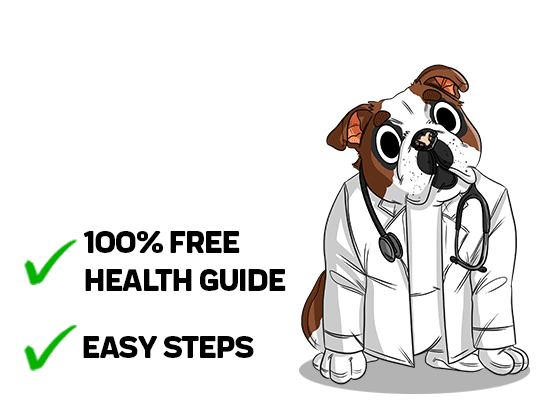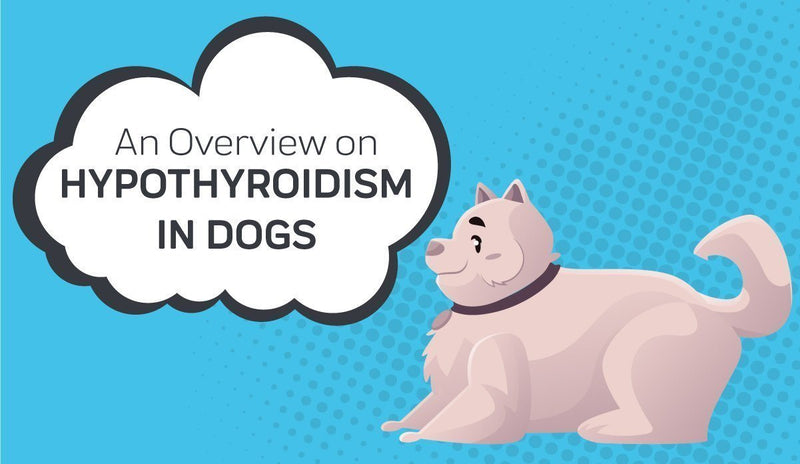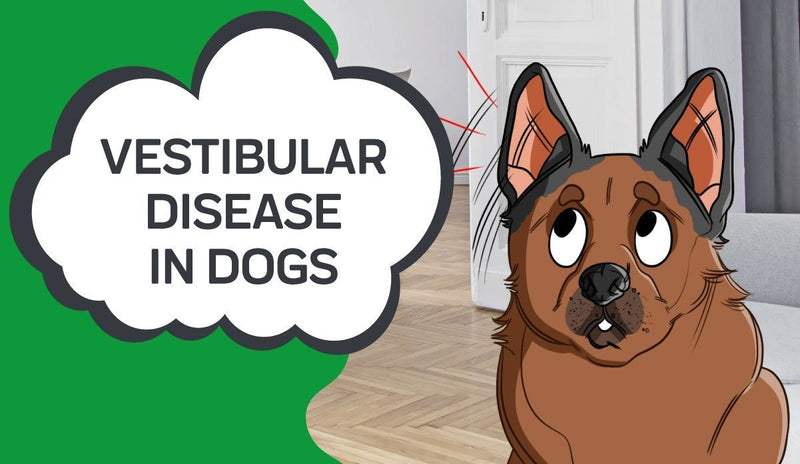- What are the Symptoms of Distemper in Cats?
- How Distemper in Cats is Diagnosed?
- How to Treat Distemper in Cats
- How to Prevent Feline Distemper
- Conclusion
Cats are one of the most popular house pets that people have. Their independence and companionship make for a great addition to any family.
As with any pets, cats present a rather large responsibility, and you should be prepared to handle health issues that felines develop.
Feline distemper (feline panleukopenia virus) is a species of feline parvovirus. It is more common than you may think. At one point in time, it was the leading cause of death in cats.
Distemper is a highly contagious viral disease that is passed from animal to animal. Feline panleukopenia virus (FPV) damages white blood cell count in the animal’s system and can harm muscles and other vital organs. It’s found worldwide, so it’s possible your cat could be exposed to the virus during its lifetime.
Read on to learn more about the warning signs of feline distemper so you can recognize symptoms in your pet.
What are the Symptoms of Distemper in Cats?
You can spot distemper in cats through a variety of symptoms that range in severity. Infected cats will usually show these signs.
Fever
Fever is one of the easiest to spot on the outside and is usually a good indicator that something is wrong. If a high temperature persists, there is a chance your cat could have the highly contagious virus, and you should take them to the vet immediately. Vomiting and diarrhea might be soon to follow.
Vomiting and Diarrhea
You should take vomiting and diarrhea very seriously. If either of these symptoms persists for even a couple of days, your cat can become very dehydrated, and their immune system will weaken as it tries to keep up with the loss of fluids.
These two signs are tell-tale signs that something is wrong and are some of the more common indicators of FPV, so do not hesitate to take your pet in for an exam! Infected cats will typically show signs of infection within a couple of days, so as soon as notice something may be off, take them to a vet for the best chance of a full recovery.
Behavioral Issues
There are also some behavioral changes that you should keep an eye out for. If your cat seems fatigued, depressed, or is just acting strangely, you should take them to the vet. They may show a disinterest in food, which could point to nausea associated with Feline distemper.
Once an expert has had a chance to look at the animal and fully assess the symptoms, they will diagnose the infected cat properly and move on to the correct treatment plan.
How Distemper in Cats is Diagnosed?

Feline distemper is dangerous, and there is a relatively high mortality rate, especially in young kittens. However, an early diagnosis and treatment can help in the long run.
Once you have taken your cat to the vet, they will ask you a list of questions, usually relating to the prevalent signs of Feline distemper. They may also ask about any behavioral issues that may have been going on. Keep in mind that distemper is common in three to five-month-old cats, so the vet may ask more questions if your pet falls within this age range.
After they gather this information, they will perform some basic lab tests. Usually, this is in the form of a blood test, which will show whether you have an infected cat. The vet will also rule out any other viruses that could have been the cause.
Lab results are processed relatively quickly so that you and the vet can discuss what the best course of action to take will be.
How to Treat Distemper in Cats
Distemper in cats is a severe condition that will affect the cat’s health quite seriously. The virus can quickly infect the body and often attack white blood cell counts and the bone marrow of the cat.
Unfortunately, there is no cure for FPV. However, there are ways to handle the most dangerous parts of the illness.
The veterinarian can prescribe basic medications that will combat the loss of liquids and things that will support the immune system while they try to heal.
How to Prevent Feline Distemper

While there may not be a true way to cure feline distemper, you can prevent your cat from contact with FPV through a vaccination.
Feline distemper has been around for a long time, and experts have developed and distributed an effective vaccine that prevents most, if not all, cases.
FPV is most lethal and dangerous to young kittens, so it is best to have a vaccination completed at the earliest possible time. This is traditionally around the age of 6 weeks – if you are bringing home a young kitten, make sure to get a record of all of their examinations and vaccinations to take care of them and schedule any necessary appointments properly. You should also quarantine your cat from others if you suspect any symptoms.
FPV vaccinations are inexpensive and easy to come by, so you should make sure that this is one of the first things you do before bringing your new pet home!
Conclusion
Feline distemper is quite common in that most cats are exposed to it at some point in their life. The good news is that once they have had this virus once, they are immune to a second infection.
Completing vaccinations for your pet to protect against FPV and other common viruses is your responsibility as a pet owner. It is the best way to ensure that they do not have to go through easily preventable illnesses, and they will be much happier because of it.
Do your research before getting a new animal to understand what you are getting into and what your responsibilities will be. The feline distemper virus is just one of the many things you should be aware of before bringing a new cat home.
Sources:
Feline PanleukopeniaCanine and feline parvovirus
What Do All Those Laboratory Tests Tell Me About My Cat's Health?
Causes of death and euthanasia in domestic cats in the Santa Catarina plateau

















